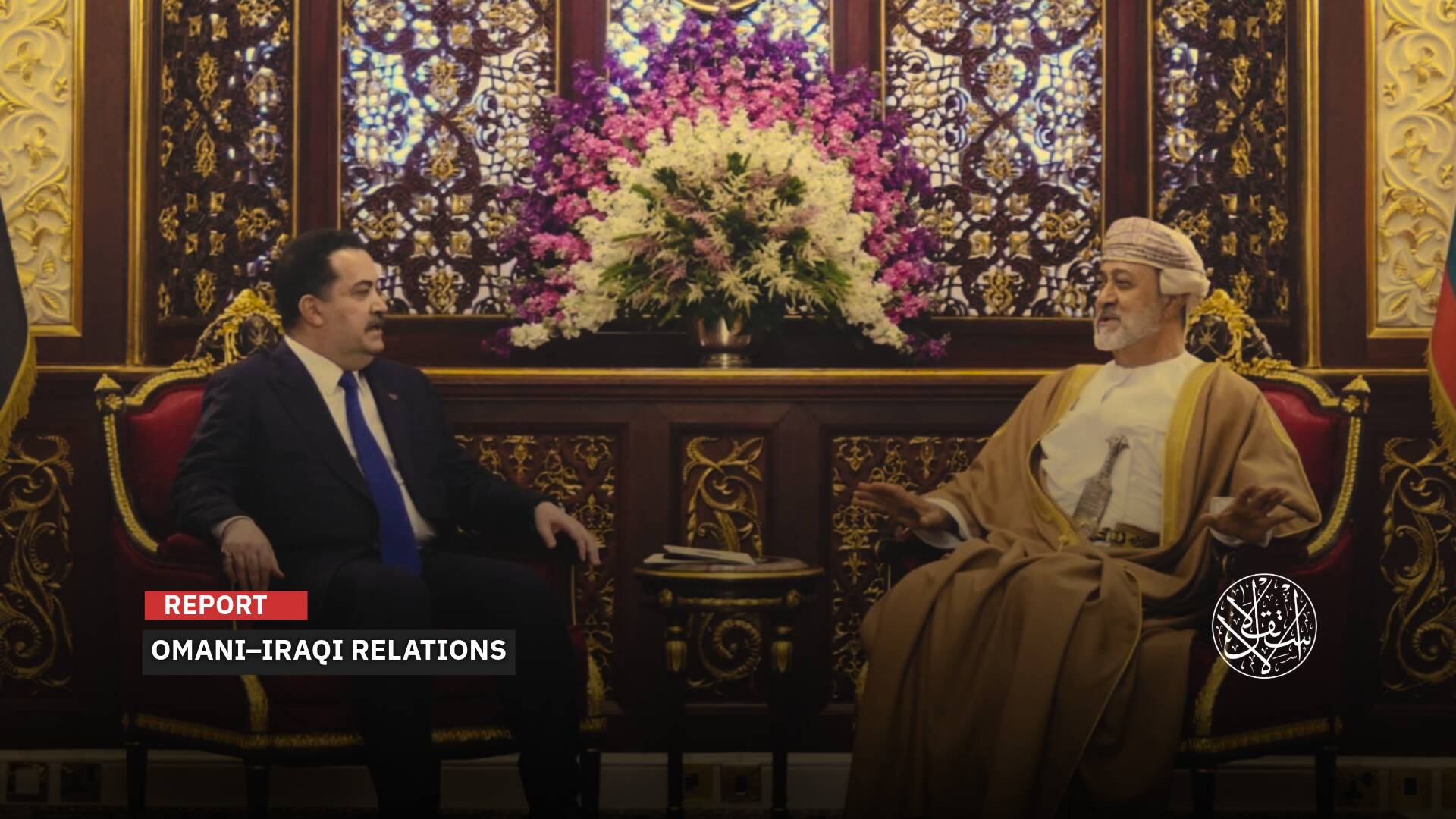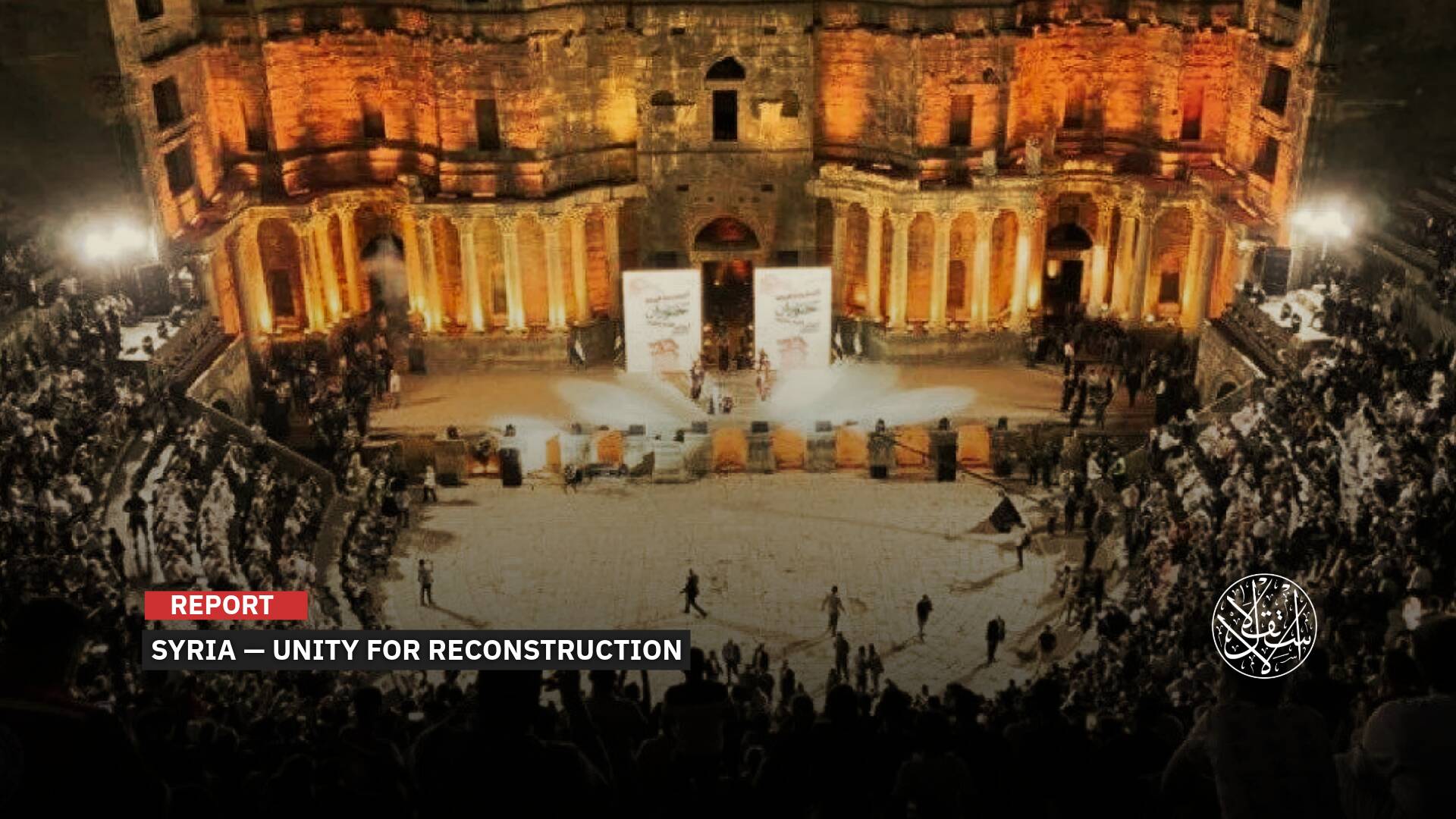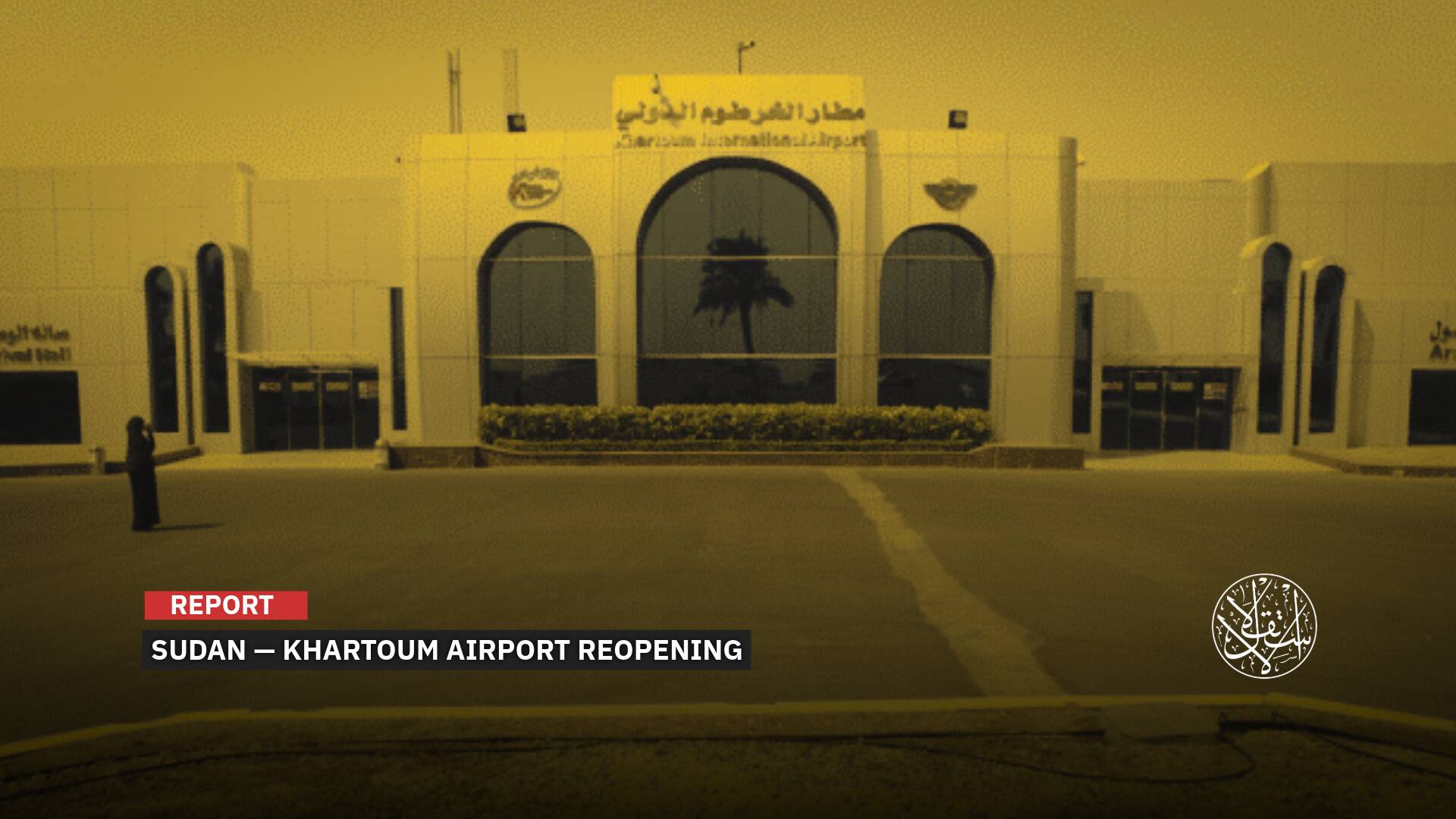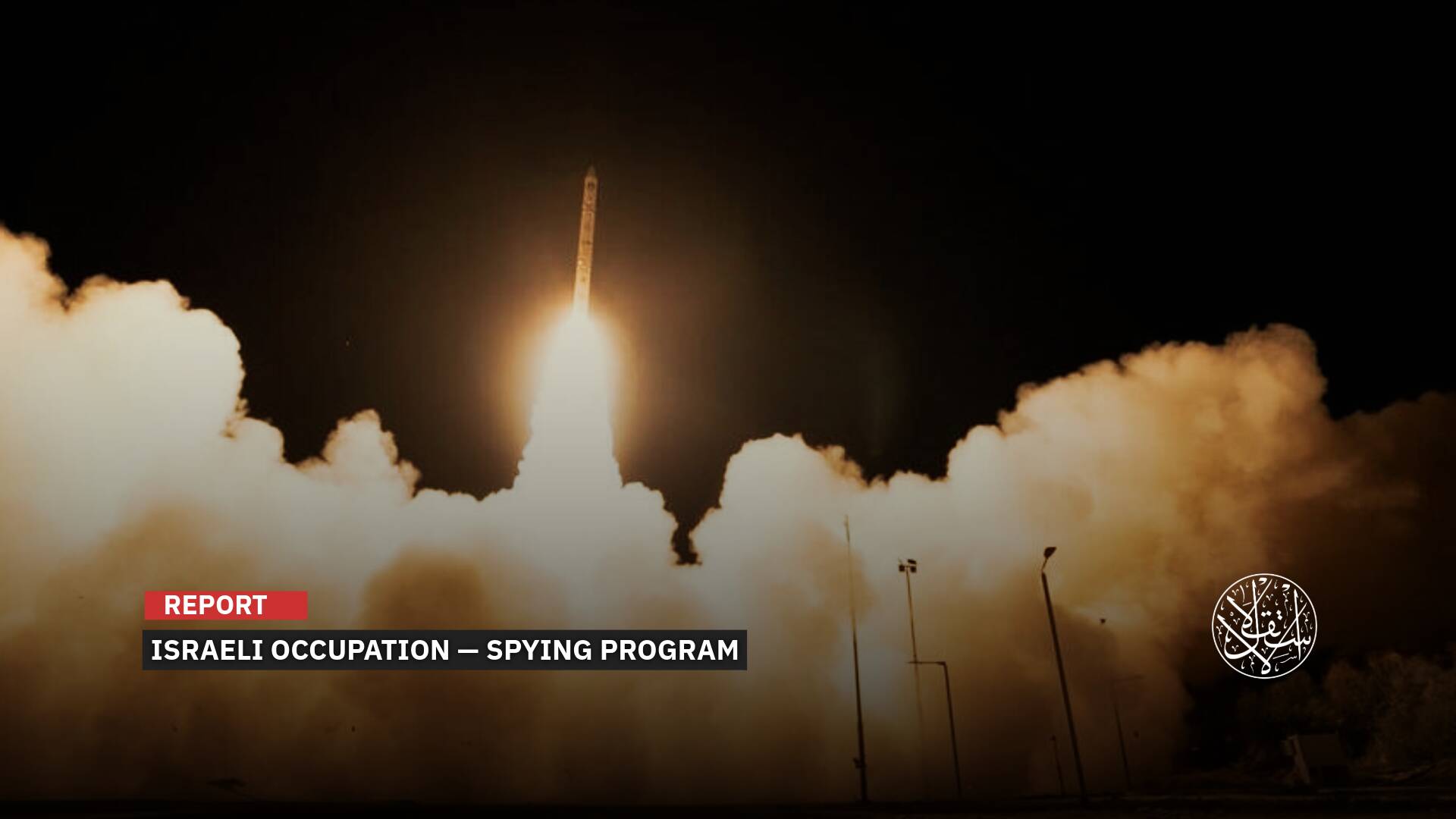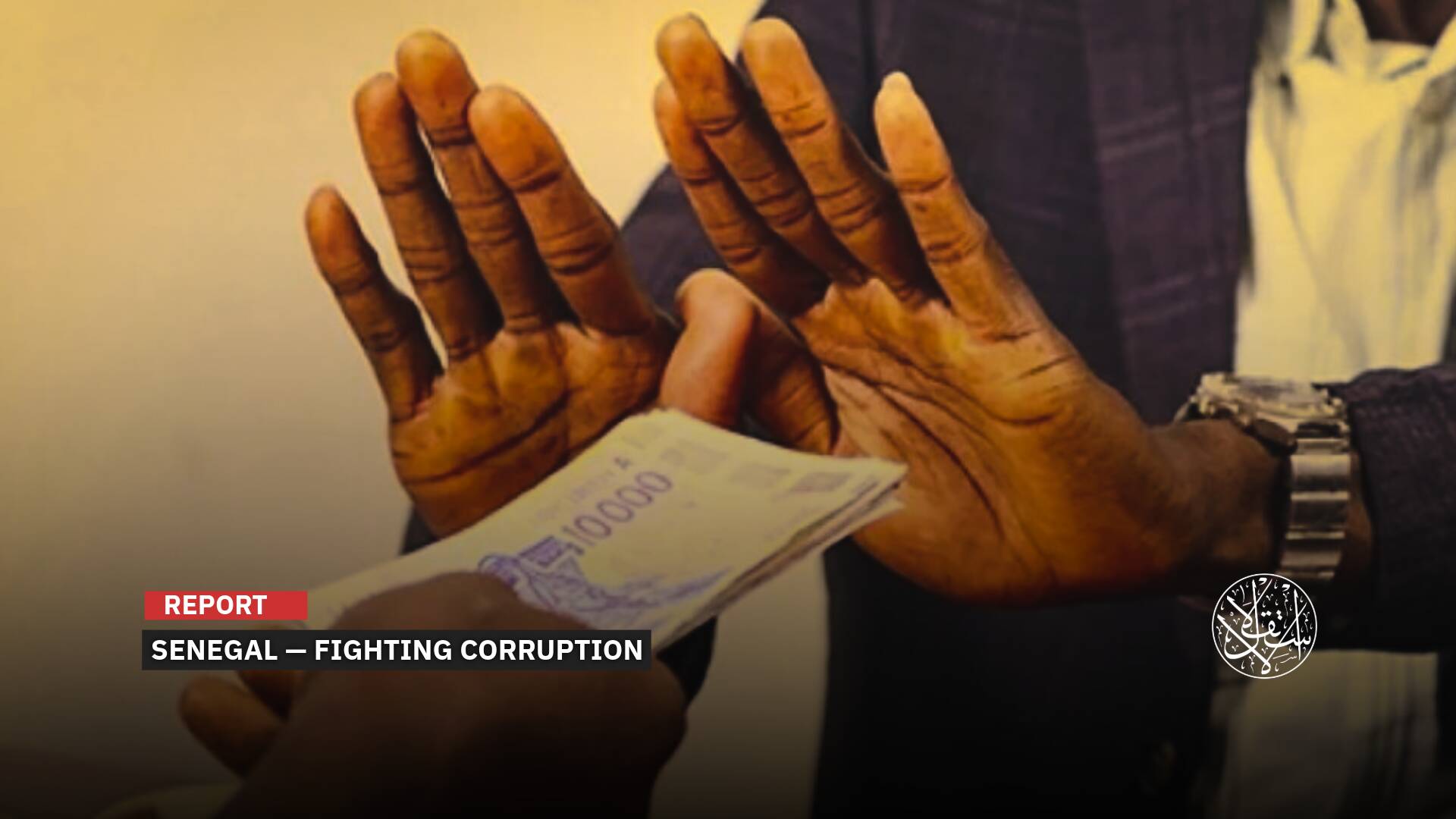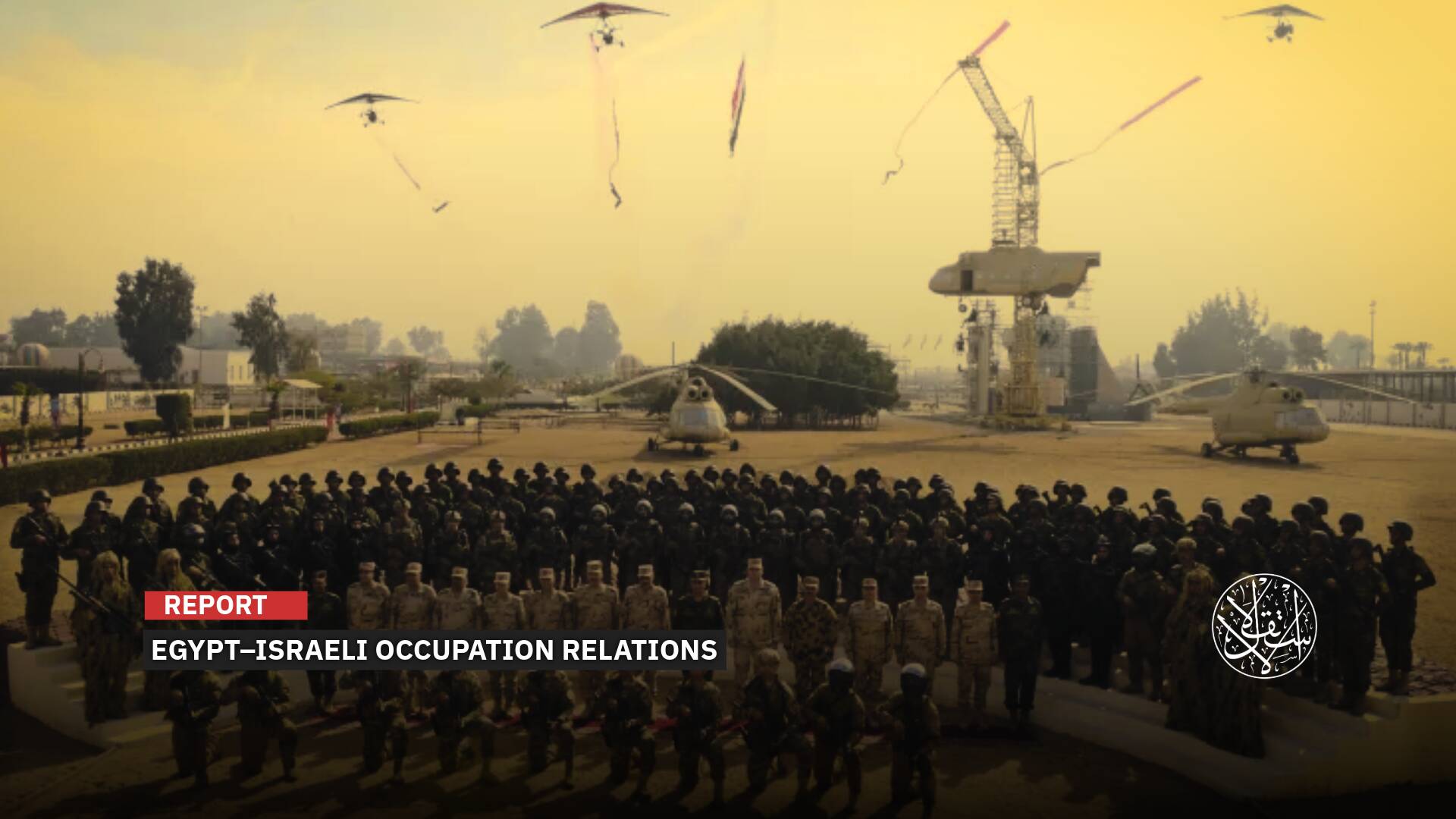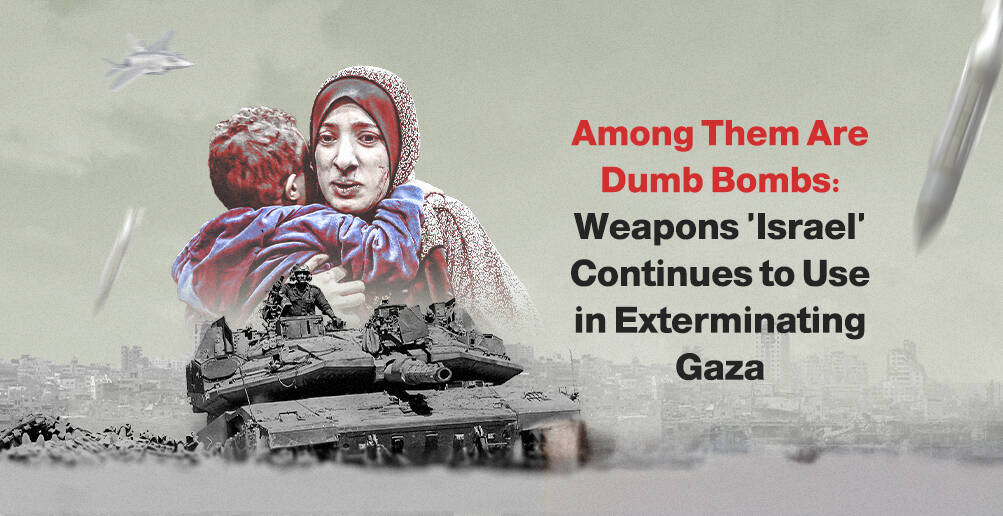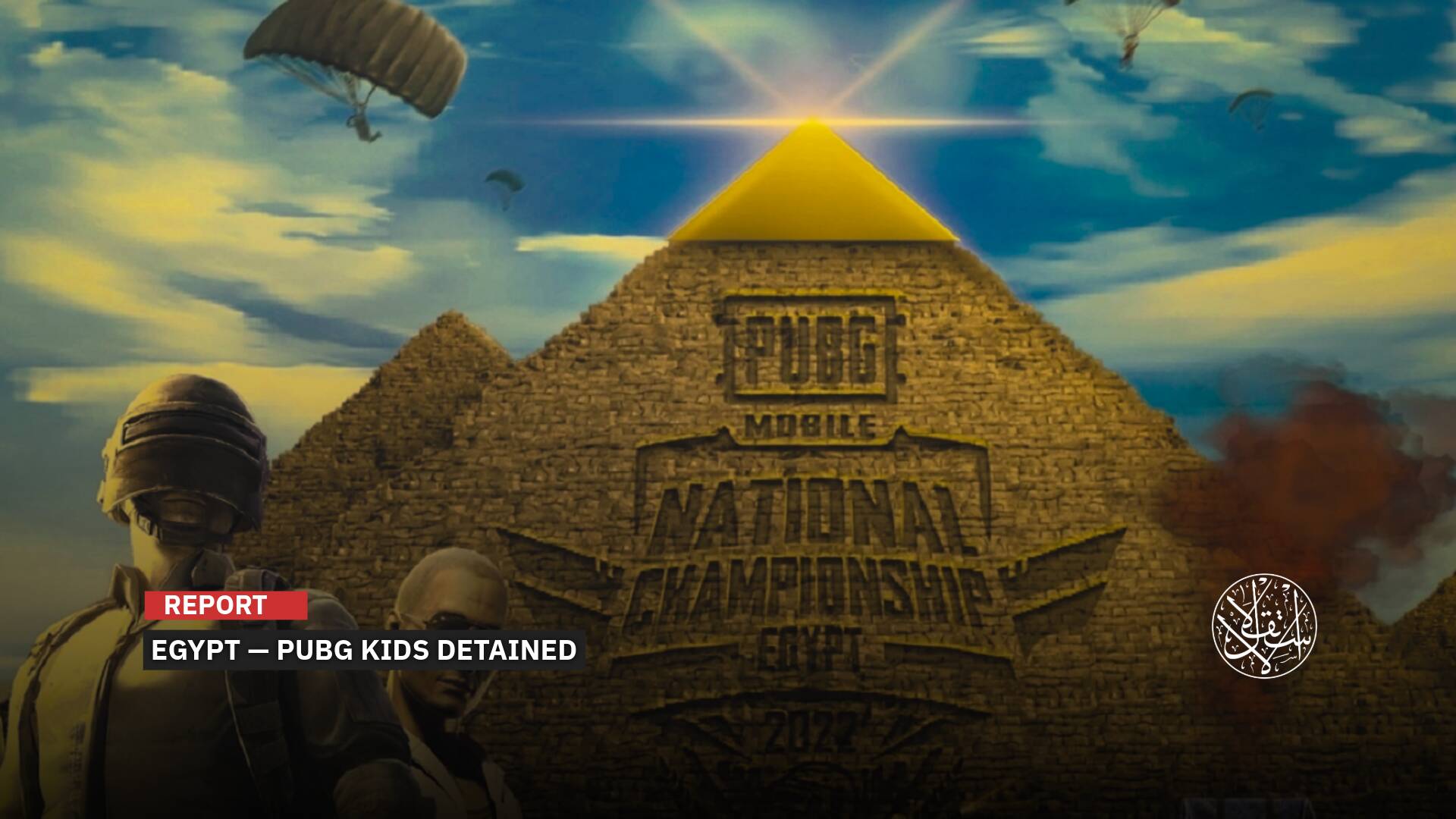Explained: Why Iran's Supreme Leader Allowed Reformist Pezeshkian to Assume Presidency

Iranian opposition figures questioned the voter turnout and the candidate vote counts.
Away from the election results, many reports suggest that Iran's Supreme Leader, Ali Khamenei, paved the way for the reformist politician Masoud Pezeshkian to assume the presidency in Iran, succeeding the conservative Ebrahim Raisi, who died on May 19, 2024.
With a voter turnout exceeding 53%, Pezeshkian defeated his conservative rival Saeed Jalili in the second round of the presidential elections held on June 5, following a first-round a week earlier that saw six candidates compete without achieving a majority.
Following Muhammad Khatami (1997-2005) and Hassan Rouhani (2013-2021), Masoud Pezeshkian is the third reformist figure to assume the presidency in Iran since the overthrow of the secular monarchy in 1979 and the rise of Shiite religious rule.
According to a survey conducted by Al-Estiklal on the Iranian electoral dossier, several factors emerged before Pezeshkian's ascent to the presidency, which seemed to pave the way for a reformist figure to assume the position despite the presence of five competitors from the hardline camp.

Doubting Numbers
One of these data points is that the total votes received by the three competing figures against Pezeshkian in the first round of elections, after two of the five conservative competitors withdrew, exceeded 13 million votes, while the reformist candidate garnered 10.4 million votes.
Despite all conservative candidates endorsing Saeed Jalili in the second round, where he received 13 million votes, the reformist Pezeshkian achieved 17 million votes, which the Iranian Ministry of Interior attributed to an increased voter turnout of 49.8%, up from 40% in the first round.
However, Iranian opposition figures cast doubt on the increase in voter turnout in the second round, citing widespread boycotts more significant than those witnessed in the first round, contrary to official announcements by Iranian authorities.
The Secretary-General of the opposition Komala party, Abdullah Mohtadi, stated that "the widespread boycott of the second round of presidential elections was the final nail in the coffin of the Iranian regime."
He posted on X on July 5, saying, “Attempts at voter coercion and threats did not impact the overwhelming boycott," confirming that "the second-round boycott was more widespread."
"History will show how this extensive boycott increased people's confidence in themselves and their belief in the superiority of their power, shattered the credibility of the regime in the eyes of everyone, and paved the way for future revolution."
On July 5, the opposition website IranWire cast doubt on the high turnout figures reported by the authorities in the second round.
It affirmed that the elections took place amid increasing voter apathy after years of economic challenges, widespread protests, regional tensions, and highlighted that government media claimed increased voter turnout compared to the first round, but images shared by activists on social media showed empty polling stations in several Iranian cities, including Tehran, Shahrekord, and Razavi Khorasan.
Khamenei’s Will
Despite the Guardian Council rejecting Masoud Pezeshkian's eligibility to run in the presidential elections in 2021, citing "lack of qualification," he was allowed to participate in the latest electoral race following direct intervention from Iran's Supreme Leader, Ali Khamenei, without disclosing the reasons.
During the 2024 parliamentary elections, Pezeshkian mentioned that the Guardian Council initially rejected his eligibility, citing non-compliance with the governance system, but Khamenei intervened and recommended his qualification.
Pezeshkian had previously run for the Iranian presidential elections twice, withdrawing from the 2013 race after announcing his candidacy and failing to complete his candidacy in 2021, when Ebrahim Raisi won after the Guardian Council rejected his eligibility.
Some connect the current Iranian regime's will to push forward a reformist figure with its rejection in 2009 when it insisted on Mahmoud Ahmadinejad's presidency for a second term, allegedly through election result falsification, as claimed by reformists at that time.
Following the 2009 election results, widespread protests erupted in Iran in support of opposition candidates Mir Hossein Moussavi and Mehdi Karroubi, continuing into early 2010.
Supporters named these protests the "Green Movement" in reflection of Moussavi's campaign.
In contrast, the Persian Awakening, Persian Spring, or Green Revolution reflected the Persian identity of Iranians and the so-called Color Revolution.
Protests began on the night of June 12, 2009, following the announcement of President Mahmoud Ahmadinejad's victory with 63% of the votes, despite numerous reported irregularities.
At the time, all opposition candidates doubted the integrity of the votes and alleged manipulation and forgery, with Moussavi calling for the formation of an independent committee to assess the election results.
However, Khamenei refused, stating that both the constitution and prevailing laws vested the Guardian Council with sole authority over election results.
On June 19, 2019, Mohammad Reza Khatami, brother of former Iranian President and former Secretary-General of the Islamic Participation Front, Muhammad Khatami, confirmed electoral fraud in the controversial 2009 Iranian presidential elections in favor of former President Mahmoud Ahmadinejad during his fourth non-public trial session, telling journalists outside the courtroom that more than 7 million votes were added to Ahmadinejad's favor in the vote counting room, stating, “It has been proven.”
Fluctuating Regime
Amid escalating Western sanctions on Iran due to its nuclear ambitions and lack of cooperation with the International Atomic Energy Agency in suspending its nuclear program, the conservative Iranian President Mahmoud Ahmadinejad's second term ended, and he was succeeded by the reformist Hassan Rouhani in 2013.
Observers note that Rouhani's arrival during that period, along with the nuclear agreement reached with the West in 2015 and the subsequent lifting of sanctions, bears resemblance to Masoud Pezeshkian's emergence. The Iranian regime aims to relieve pressure by presenting a reformist figure for the presidency capable of negotiating with Western countries.
Iraqi political researcher Latif al-Mahdawi told Al-Estiklal that "Masoud Pezeshkian's victory at this time indicates a fundamental shift in the state's thinking compared to the revolutionary Iran envisioned by many."
Al-Mahdawi explained that "dealing with others according to the current stage on one hand, and advancing their ideological project on the other, are two consistent sides of Iranian policy, which appear non-conflicting as long as all the keys to the files are held by one hand, controlling the pace regardless of forced diversification."
The researcher pointed out that "Masoud Pezeshkian's presidency signifies Iran's strong return to nuclear negotiations, especially if U.S. President Joe Biden wins a second term," as stated by Mohammad Javad Zarif, former Iranian Foreign Minister and advisor to the current reformist president.
On June 19, Zarif stated during a televised interview with Pezeshkian that "Biden wanted to return to the nuclear agreement, but for two reasons, he could not."
“The first reason was that Israel did not allow it and assassinated nuclear scientist Mohsen Fakhrizadeh, and the second reason was the approval of the Strategic Action Law in the Iranian parliament.”

On November 29, 2020, the Iranian parliament passed the Strategic Action to Lift Sanctions bill, which includes enriching uranium up to 20%.
People's Mojahedin Organization of Iran, described Masoud Pezeshkian as "one of the pawns approved by Khamenei to heat up the farce of the presidential elections in the mullahs' regime, to play with the burnt cards of reformists and hardliners in Iran."
In a report published on its official website on June 17, the opposition organization denounced Pezeshkian as "nothing but a puppet in Khamenei's hands," citing his recent statement at Tehran University declaring his alignment with the Supreme Leader's system of Wilayat al-Faqih.
The President of the Republic of Iran holds the executive authority, one of the prominent branches of governance alongside the legislative body, the Islamic Consultative Assembly, and the judiciary. However, ultimate authority in Iran's highest policies rests with the Supreme Leader.
While the Supreme Leader holds supreme authority in all matters, the Iranian President wields some influence over domestic and foreign policy, as reported by The New York Times on June 21, 2024.
Sources
- Pezeshkian wins the Iranian presidential elections [Arabic]
- Questions and answers about the upcoming presidential elections in Iran [Arabic]
- Conflicting information about voter turnout in the Iranian presidential elections [Arabic]
- Iranian election protests 2009–2010 [Arabic]
- Zarif's comments about the nuclear agreement anger conservative candidates in Iran [Arabic]


